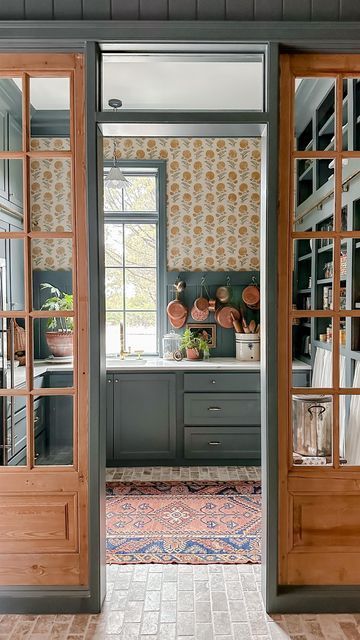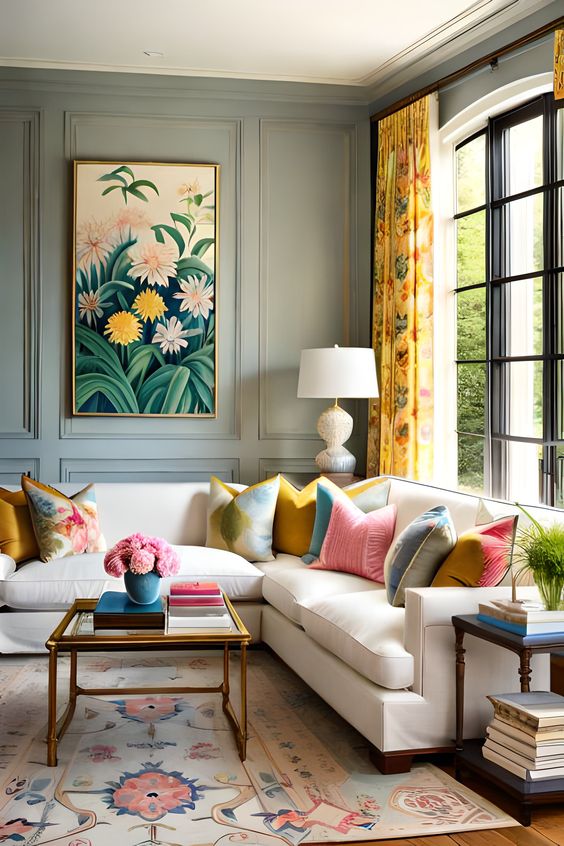Whether we realize it or not, color is an ever-present factor influencing our experiences, emotions, and behaviors. Color isn't just a visual element—it's a powerful psychological tool. This is especially true when it comes to home decor. Choosing the right colors for our home is vital in creating an environment that reflects our personality, mood, and the way we want to feel in our own spaces. Let's explore the profound impact of color in home decor.
The Psychology of Colors
Disclaimer: this post may contain affiliate links, and every purchase made through these links will give me a small commission (at absolutely no extra cost for you!) AS AN AMAZON ASSOCIATE AND REWARDSTYLE MEMBER, I EARN FROM QUALIFYING PURCHASES. See Privacy Policy for additional info.
Color Psychology is a branch of the broader field of behavioral psychology. The concept is premised on the idea that color can impact mood and behavior, which makes it especially relevant for home decor.
For example, blues are known to evoke feelings of calm and tranquility, often used in bedrooms to cultivate serenity. Reds are stimulating and can increase appetite, proving popular in dining room decor. Green, the color of nature, fosters a soothing, revitalizing ambiance, ideal for spaces where relaxation is the goal.
Setting the Mood with Colors
In home decor, we use colors strategically to set the mood of a room. To create a calming environment in a home office where you need minimum stress, you might select soft blues, greens, or muted earth tones. For a lively kid's playroom, bright, vibrant colors like yellow or red can be more suitable.
The Role of Color in Visual Space Perception
Color is a vital element in manipulating the perception of space. Dark colors tend to absorb light, making a room appear smaller. In contrast, light colors reflect light, making a room feel larger and airier. For instance, a small room will seem less claustrophobic when painted with light, soft tones.
Complementary and Analogous Colors
Understanding color theory can be an immensely helpful tool in home decor. Complementary colors (colors directly opposite on the color wheel) can create vibrant contrasts, ideal for highlighting features in a room. Analogous colors (those next to each other on the color wheel) create a serene and comfortable design, perfect when you want to foster harmony.
Color and Lighting
Lastly, let's not overlook the role of lighting; it is the element that brings color to life. Different types of light (natural daylight, incandescent, LED) can alter how a color appears. It's crucial to view color samples in the home at different times of the day before making a final decision.
Through understanding the impact of color in home decor, we can make more informed decisions that transform our living spaces, enabling our homes to truly become an expression of ourselves. Color is far more potent than simply a design choice; it's an emotional language that affects our daily experiences, mood, and overall well-being.
Remember, there are no wrong choices. It's your space, after all. Color in Home Decor that resonates with you, experiment and let your home be a canvas that reflects your personal journey.
Until next time,














Leave a Reply